Quantum computing is set to revolutionize the future especially in the world of cybersecurity. One of its most promising tools is Quantum Key Management Services (QKMS), which uses the laws of quantum physics to create virtually uncrackable encryption keys.
But while these keys are theoretically secure, the systems that manage, distribute, and store them are very much hackable.
In this blog, we break down what QKMS really is, how cybercriminals are already targeting it, real-world examples, and what organizations must do to protect their post-quantum cryptographic future.
What Is QKMS and Why Does It Matters?

Quantum Key Management Services (QKMS) allow organizations to use Quantum Key Distribution (QKD) a method that uses quantum physics to securely exchange encryption keys between two parties.
Unlike traditional encryption, which relies on complex math problems (and can be broken with enough computing power), quantum encryption:
- Uses entangled photons to exchange key information
- Immediately detects eavesdropping
- Ensures keys are never duplicated or intercepted
In theory, it’s bulletproof.
In practice, however, QKMS is a software and hardware system, and those systems are now under attack.
Why QKMS Is Becoming a Prime Cyber Target

Cybercriminals don’t need to break quantum encryption itself they just need to exploit:
- Weak configurations
- API vulnerabilities
- Firmware backdoors
- Third-party components in the QKMS stack
Attackers focus on the infrastructure and protocols surrounding the key, not the physics behind it.
QKMS platforms are also relatively new, often customized, and lack the standardized security maturity found in older cryptographic systems. This makes them vulnerable to both cyberattacks and misconfigurations.
Threat Landscape: How QKMS Is Being Attacked
Let’s examine the common cyber threats targeting QKMS:
1. Compromise of Quantum Key Distribution (QKD) Networks

Attackers infiltrate the network before the quantum key exchange occurs:
- They can intercept metadata or disrupt synchronization between endpoints.
- Through timing attacks, they manipulate photon transmission delays to infer partial key values.
These are low-level, physics-aware attacks that don’t “break” quantum encryption but defeat the system using side-channel data.
2. Supply Chain Attacks on QKMS Vendors

QKMS hardware and firmware often come from third-party vendors. Hackers exploit:
- Insecure firmware updates
- Tampered hardware shipped during manufacturing
- Hidden backdoors in system-on-chip (SoC) devices
In 2025, researchers found malware pre-installed on a batch of QKMS control modules distributed across Southeast Asia before they were ever deployed.
3. Software Vulnerabilities in QKMS Platforms
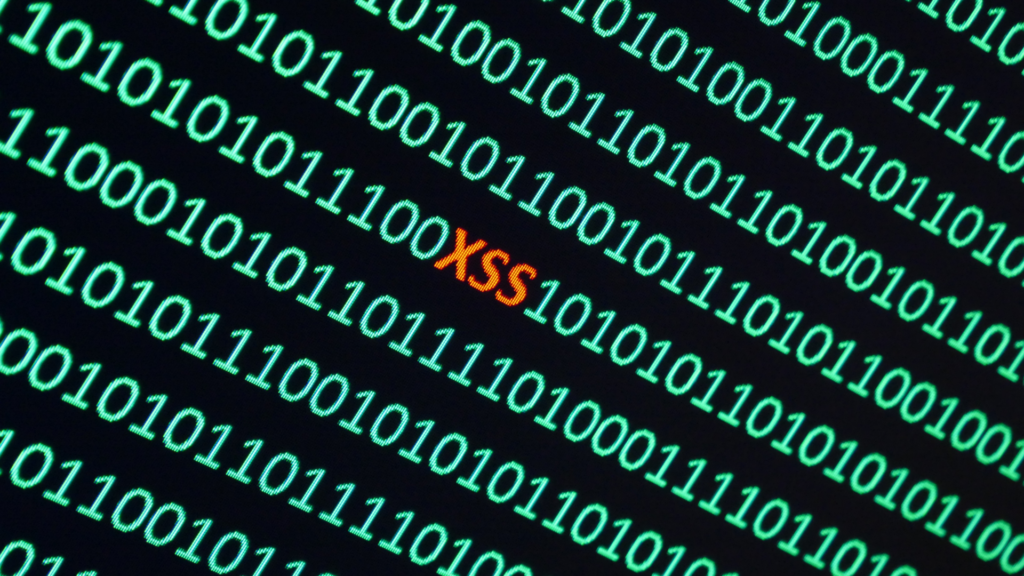
Like any enterprise software, QKMS solutions use APIs, management dashboards, and CLI tools:
- Attackers use web exploits (e.g., XSS, CSRF) to gain unauthorized access
- Poorly secured admin panels are brute-forced or discovered via Shodan
- Privilege escalation allows attackers to modify or redirect key exchange processes
Many QKMS deployments are behind firewalls but with remote access or third-party integrations, the attack surface expands dramatically.
4. Malware Injection and Lateral Movement
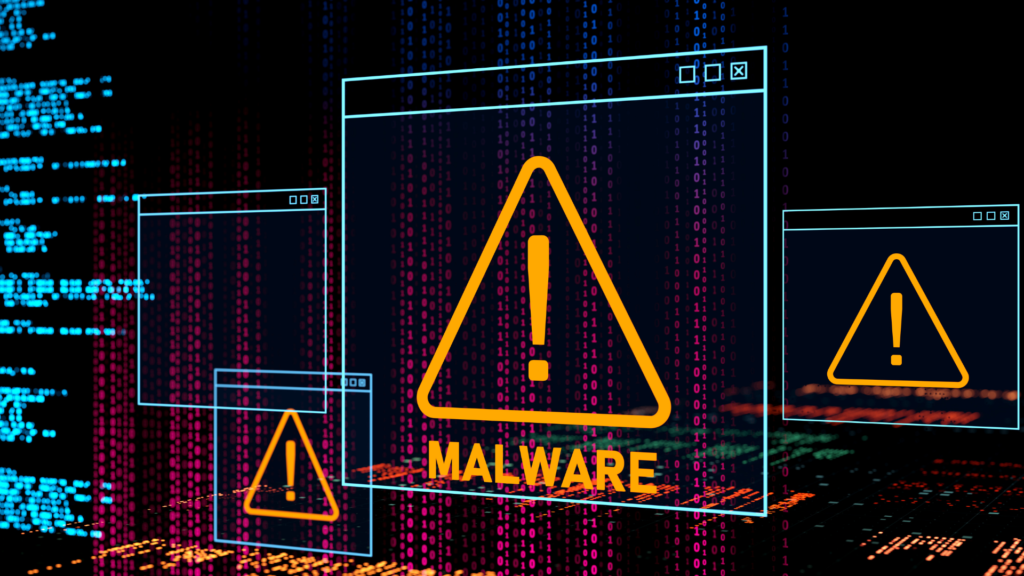
If attackers gain access to the broader corporate network, they can:
- Inject malware into QKMS systems
- Capture logs, metadata, or key initialization values
- Use compromised QKMS endpoints to move laterally and target other secure systems
Because QKMS interacts with networking, authentication, and storage subsystems, it becomes a pivot point in larger breaches.
Real-Life Case: QKMS Vulnerability Exposes Seed Values

In March 2025, a research team from Switzerland published a report highlighting a flaw in a widely used QKMS product.
The issue?
A “predictable random seed” was being used to generate quantum key sessions—essentially making the “uncrackable” encryption guessable under specific conditions.
The vulnerability stemmed from:
- Poor entropy sources
- A reused initialization vector (IV)
- Improper random number generator implementation
Attackers could replicate and predict parts of the quantum key, undermining the very purpose of the system.
This wasn’t a failure of quantum physics, it was a human coding flaw in the software stack.
How to Protect Quantum Key Management Services
Post-quantum cryptography requires proactive and layered security. Here’s how to secure your QKMS:
1. Patch Regularly with Zero-Day Awareness
- Stay informed about vulnerabilities from QKMS vendors and open-source libraries
- Set up automated patching cycles and CVE monitoring tools
Quantum systems are high-stakes; even 1-day vulnerabilities can be exploited quickly.
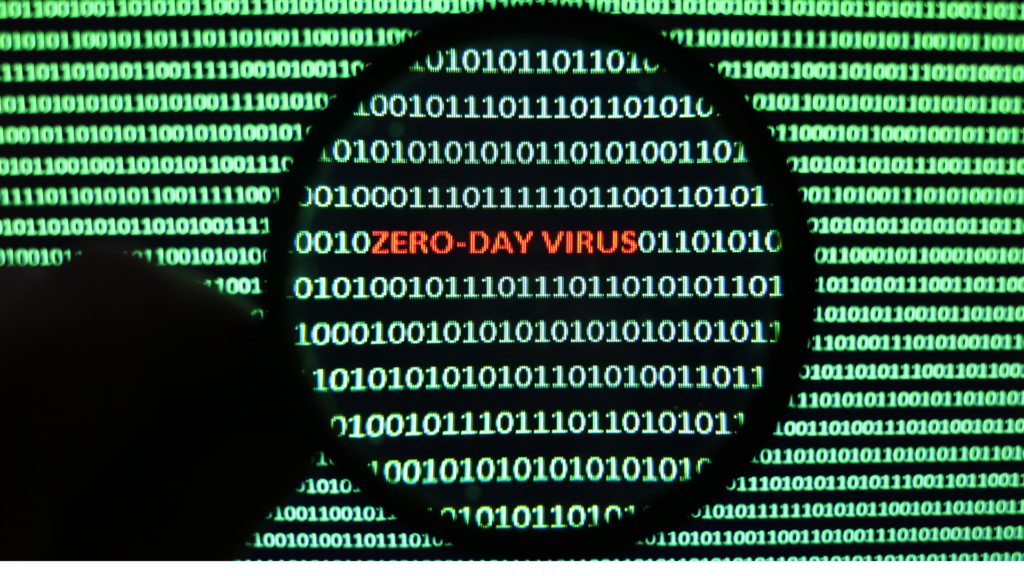
2. Segment QKMS from Internet-Facing Systems
Never connect QKMS directly to:
- Public networks
- Shared cloud environments
- Internet-exposed dashboards
Use air-gapping, network segmentation, and access whitelisting to minimize lateral movement opportunities.
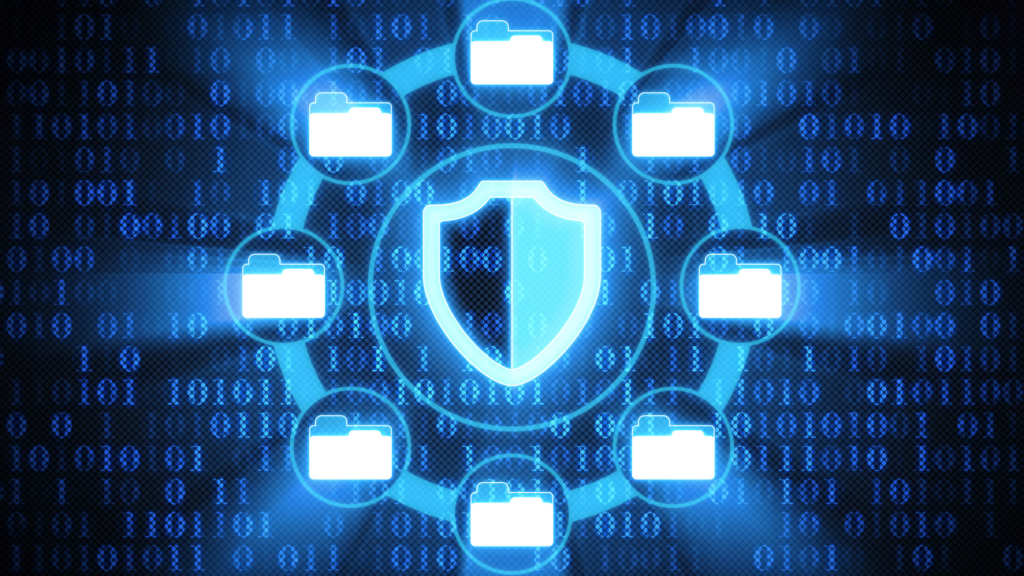
3. Deploy Hardware-Level Encryption and Tamper Detection
QKD endpoints and KMS devices should include:
- Physically unclonable functions (PUFs)
- Tamper-proof circuitry
- Hardware security modules (HSMs) with self-destruct on intrusion
This ensures that even physical attacks won’t yield usable keys.
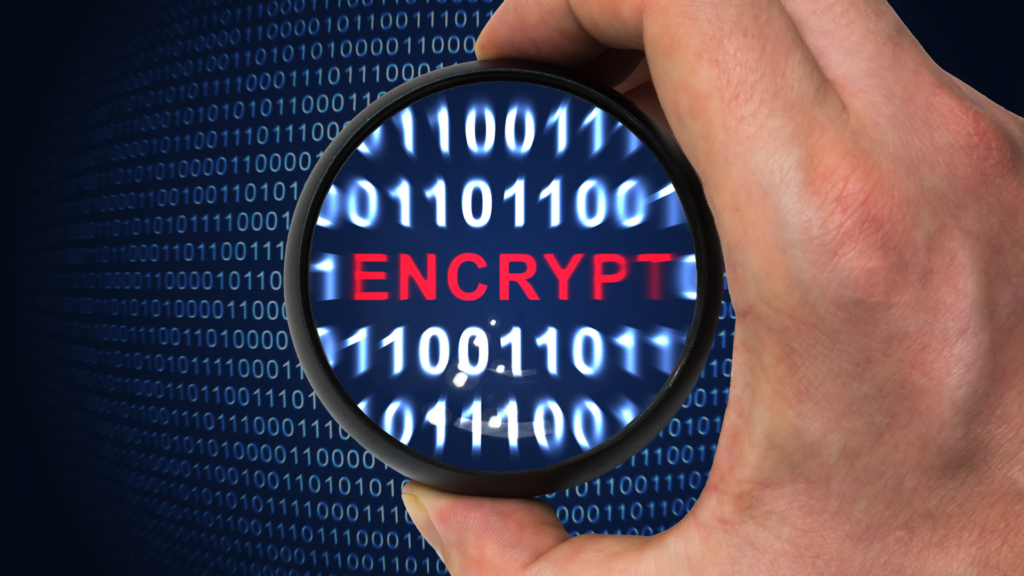
4. Conduct Third-Party Key Audits
Bring in independent cybersecurity firms to:
- Review your key generation protocols
- Stress-test your QKMS APIs
- Conduct red-teaming simulations against your key distribution setup
Audits ensure objectivity and early detection of systemic issues.

5. Monitor for Side-Channel Anomalies
Use anomaly detection systems to monitor:
- Time delays in key handshakes
- Bandwidth spikes during key generation
- Data inconsistencies between QKD pairs
AI-based monitoring can flag stealthy timing-based or injection attacks that evade traditional security logs.

Securing the Future of Encryption Starts Now
Quantum Key Management Services are positioned to protect the world’s most sensitive data from government secrets to financial infrastructure. But unless we secure the management layer, quantum encryption will be no better than its weakest link.
As QKMS adoption grows, organizations must treat it as a top-tier cybersecurity asset, with the same care given to firewalls, SIEMs, or core infrastructure.
Quantum may be the future but futureproofing it starts with action today.


